Unlocking the Potential of Sports Tourism
In a departure from our regular articles highlighting youth sports organizations for best practice, this feature focuses on the facinating world of sports tourism. Here, we explore how clubs and communities can attract prestigious events, generate income, and make compelling cases to build and upgrade sports facilities. I had the privilege of interviewing Jon Schmieder, Founder and CEO of Huddle Up Group, an organization that serves as an intermediary and consultant for clubs and communities navigating the sports tourism landscape.
Club Sole Venture or Community Partnership?
In a recent article highlighting best practices, we explored the success story of Indy Premier’s indoor facility. This facility was tailored to meet the club’s training, office, and indoor league needs, providing them with complete control over scheduling, programming, and branding. This control prioritizes the club’s specific requirements and fosters a sense of ownership and pride among club members. While full ownership of a sports facility has its benefits, it may encounter challenges in securing political and community support. Partnering with other community organizations, such as a tourism authority, local government and/or other sports clubs, to construct a shared complex offers several advantages. The project becomes more financially feasible, increasing the likelihood of securing funding and support. A shared facility can attract more users, increase use, generate more revenue and attract businesses in partnership. Collaboration may elevate a facility’s visibility and reputation, attracting more participants and visitors to the community.
The Huddle Up Group
Determining whether a youth sports club should pursue a project indendently or in partnership can be overwhelming, often resulting in a project stalling before gaining momentum. This is precisely where the Huddle Up Group excels, in analyzing each scenario and delivering a comprehensive feasibility report to inform decision-making processes. The Huddle Up Group is a sports tourism consulting firm helping destinations, sports organizations, and event organizers maximize the economic and social benefits of sports tourism. Essentially, the Huddle Up Group helps clients to leverage sports tourism for economic development, community engagement, and infrastructure enhancement.
Balancing Economic Development and Community Benefits
Jon is keen to emphasize organizations that can effectively balance economic development benefits to the broader community with long-term advantages to members of the club, have the greatest chance of success. Political support and goodwill from the community play crucial roles in garnering support for projects. While Huddle Up Group’s focus is often on tourism and economic development, the youth clubs and participants are always beenficiaries of facility improvement and construction.
The Role of Intermediaries
The Huddle Up Group consults event organizers exploring potential venues to hosting prestigous regional and national sports events and can also represent destinations to promote their amenities. The Huddle Up Group uses platforms like the Sports Events and Tourism Association (SETA) to facilitate collaboration, networking, and knowledge-sharing within the industry. The Huddle Up Group also has its own proprietary software – Sports Tourisn Index.
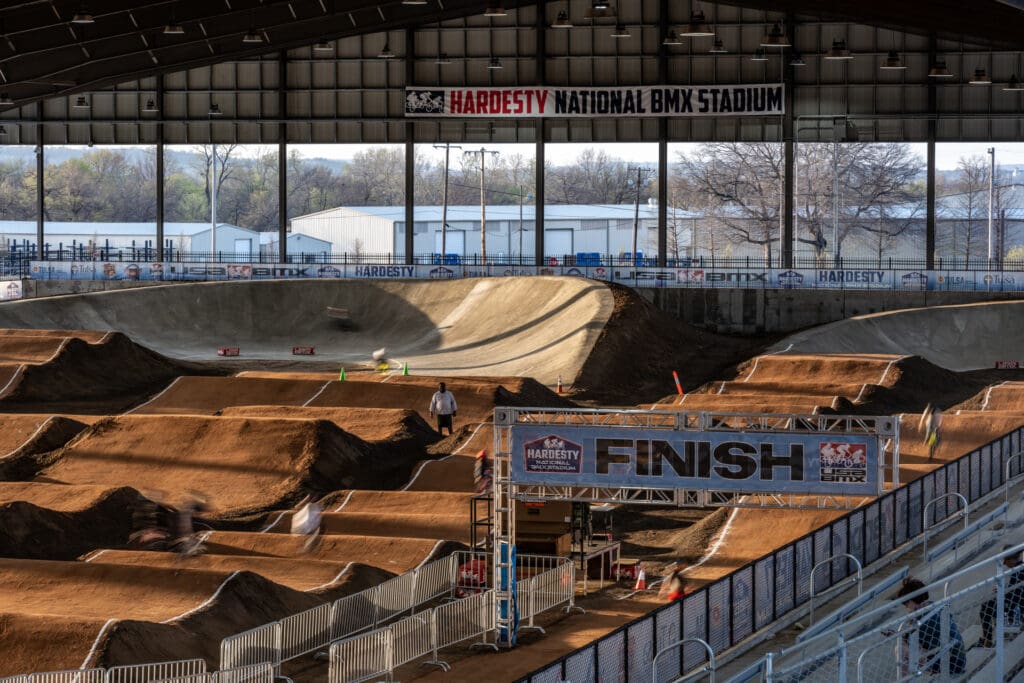
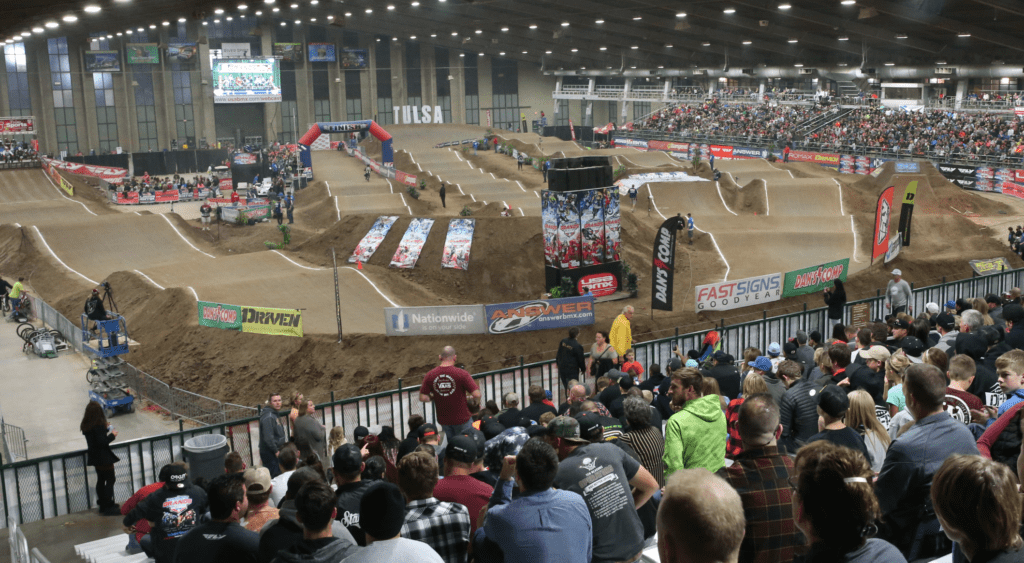
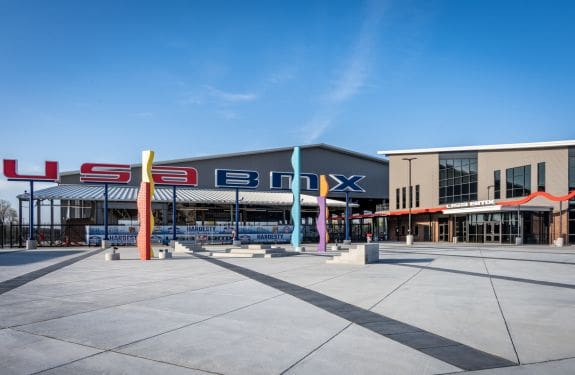
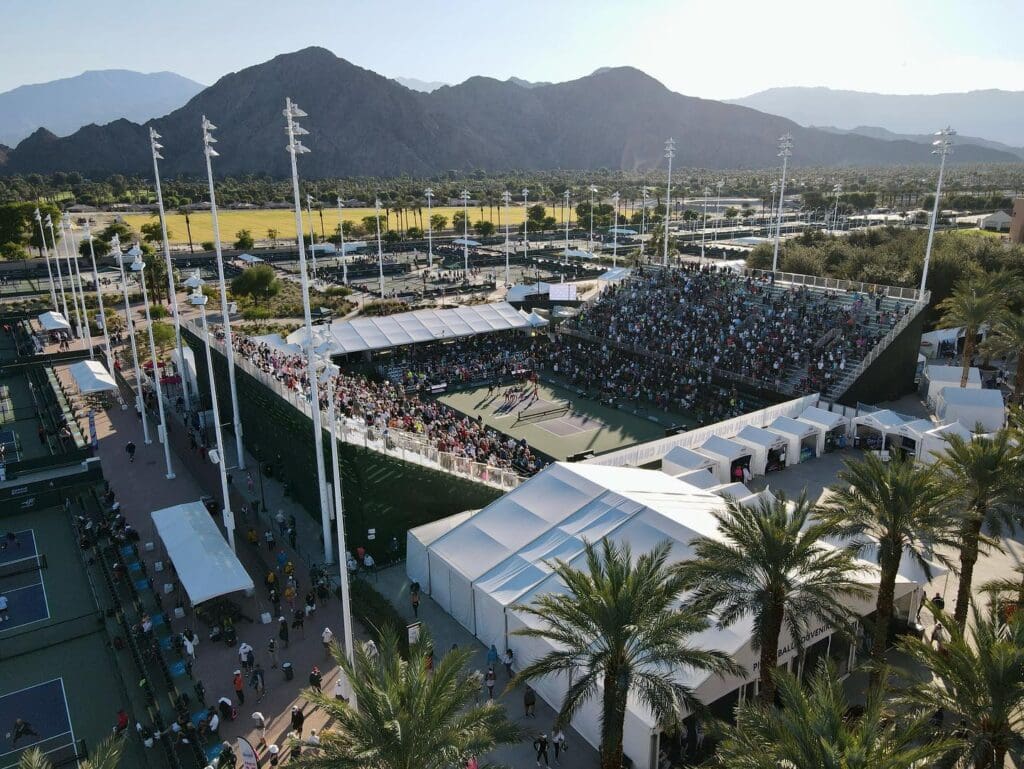
Case Study 1: Fort Worth, Texas – Multi-Sport Facility
In Fort Worth, Texas, the lack of adequate sports facilities prompted local clubs to explore options for hosting events within the city. Despite ample availability of land, the challenge lay in the absence of suitable facilities, leading clubs to venture into neighboring communities for training and games. A study revealed that the three largest sports clubs in Fort Worth were collectively spending approximately $13 million annually in adjoining cities, representing a significant loss in revenue for the city. This highlighted the urgent need for a multi-sport facility within Fort Worth to retain revenue and enhance local sports infrastructure.
Case Study 2: Tulsa, Oklahoma – USA BMX Headquarters Relocation
The recent relocation of USA BMX’s headquarters from Gilbert, Arizona, to Tulsa, Oklahoma, marks a significant development in BMX racing. Tulsa, selected from a shortlist of 13 major cities, invested $26 million in constructing the largest covered BMX track globally, along with a Hall of Fame and state-of-the-art office complex. The partnership between USA BMX and the City of Tulsa was pivotal in facilitating the move, with the city providing support and incentives to attract the organization. The project’s justification included the anticipated economic impact on the city and region, including tourism revenue from hosting national and international BMX events. The relocation underscores Tulsa’s commitment to sports tourism and efforts to attract major sporting organizations, enhancing the city’s reputation as a hub for sports and recreation.
Case Study 3: Nationwide – USA Pickleball Association
The USA Pickleball Association (USAPA) presents an exemplary case of a sport gaining popularity and seeking suitable destinations for its prestigious events. With an estimated 3 million active players and significant growth since 2012, the USAPA has transitioned from a volunteer board to a full-time professional staff. The organization aims to establish continuity across the country and seize control of its growing popularity. The USAPA is actively identifying communities and cities willing to invest in facilities and support the organization through volunteer support, marketing, facility development, and rights fees. This exemplifies a strategic approach to event destination selection, focusing on partnerships with communities committed to advancing the sport’s infrastructure and growth nationwide.
The Path Forward: Feasibility Studies
When considering a new facility, youth sports clubs, communities, and sports tourism boards must conduct thorough feasibility studies. These studies involve consultation, site analysis, market research, financial analysis, design, and the compilation of a comprehensive feasibility report.
Other success stories
- Cooperstown Dreams Park, New York, hosts youth baseball tournaments attracting teams from across the country. The economic impact on the local community is significant, with an estimated $15 million annually in tourism revenue. Participation statistics show that over 1,000 teams compete each summer, comprising around 30,000 players and coaches. The tournaments provide opportunities for youth athletes to showcase their skills while families explore the historic town of Cooperstown.
- Park City, Utah, is renowned for its winter sports tourism, but it has also successfully leveraged sports tourism for youth sports. The park offers training programs for youth athletes, contributing to the development of future Olympians, including ski jumping and bobsleigh. These events contribute approximately $20 million annually to the local economy.
- Gold Coast, Queensland, Australia hosts the Gold Coast Marathon, attracting thousands of participants from around the world. The event generates over $28 million in economic impact for the region annually. Youth sports clubs benefit from increased participation in running and athletics programs, with many young athletes inspired by the marathon.
- Vail, Colorado, renowned for its skiing and snowboarding, hosts the GoPro Mountain Games, a multi-sport event featuring competitions in various outdoor disciplines such as kayaking, mountain biking, and rock climbing. The event attracts over 70,000 spectators and participants, contributing over $30 million to the local economy. Youth sports clubs in the area benefit from increased interest and participation in outdoor sports.
- Barcelona, Spain, hosts the Barcelona Open Banc Sabadell, a prestigious tennis tournament that attracts top players from around the world. The event generates over €25 million in economic impact for the city annually. Youth tennis clubs in Barcelona see increased participation and interest in the sport, with many young players aspiring to compete at the professional level.
About Jon Schmieder:
Jon Schmieder has 28 years of hands-on experience in the sports tourism industry. He has held senior leadership positions with three prominent sports commissions in Phoenix, Tulsa, and Denver, where he played a pivotal role in driving economic development through sports tourism initiatives. Jon has also served in key staff positions for notable organizations such as the Senior Olympic Games and Pop Warner Football and Chearleading. His contributions to the industry have been recognized through various accolades, including serving twice as Chairman of the National Association of Sports Commissions (NASC, now SportsETA). He holds a bachelor’s degree in marketing from the University of Arizona and a master’s degree in higher education leadership from Northern Arizona University.
Written by: David Newbery, Director, Institute of Youth Sports Leaders
Connect on LinkedIn with Jon Schmieder
Get Involved! It’s free and Open Source
Start by comparing your club’s performance to 60 best practices – access to IYSL Best Practice Analysis Tool and receive a detailed report.
Get recognized – contact David Newbery if you have an example of best practice and are willing to share your story of success with the youth sports community. [email protected]
Join IYSL LinkedIn Group and Newsletter
